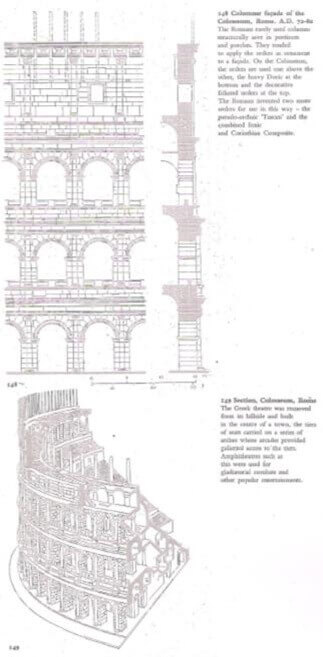History Of Roman Assignment Help
During the archaic and classical periods of Greek history, the numerous colonies founded in southern Italy and Sicily made those lands an integral part of the Greek world. Northern and central Italy however, continued to be occupied by tribes of miscellaneous extraction of whom the most notably civilized were the Etruscans. These people, whose origin was said by Herodotus to have been in Asia Minor, extended their influence from Etrus northwards to the Alps and, at one time, southwards as far as Naples. Their art in some respects rivalled that of classical Greece: the influence of their architecture is discernible in that of the Romans, whose history may be said to have begun when the city of Rome became emancipated from the Etruscan kings in about 500 B.C. A hundred years later all the Etruscan cities became subject to a rapidly expanding Roman Republic.
History Of Roman Assignment Help By Online Tutoring and Guided Sessions from AssignmentHelp.Net
One practice which distinguished Roman architecture from a very early stage was the use of semi-circular arch with radiating voussoirs. In Hellenistic architecture this device appears on rare occasions but can be recognized as no more than a self-conscious tour de force. It was used more purposefully by the Etruscans and adopted from them by the Romans as a basic principle in their new system of construction in brick and concrete. Their discovery of concrete was also a momentous event, since, once its potentialities came to be properly understood, it determined the primary characteristics of their buildings. The principles of arcuation led logically to the construction of barrel vaults and, where these intersected, groined or quadripartite features had to be devised. From here it was only a short step to the contrivance of a semi-circular dome. The disappearance in this way of horizontal beams and lintels eliminated also the numerous small uprights necessary to support them and concentrated the weight of the building on fewer but more massive piers. In this way wide, unencumbered floor-spaces became a practical possibility, and interior design acquired a new interest. The principal and most characteristic achievement of Roman builders was their discovery that the organization of internal space could be as important as that of external architectural forms. Their experiments from the beginning were bold and rational. Once the technical adaptation of new materials was achieved, buildings on a magnificent scale became possible.



